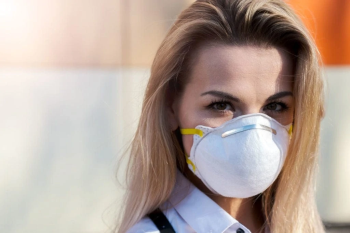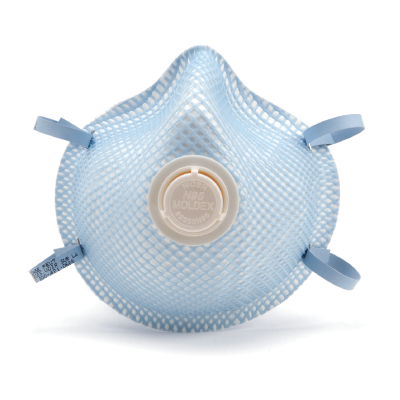
Background: The German government has made it mandatory to wear respiratory masks covering mouth and nose (MNC) as an effective strategy to fight SARS-CoV-2 infections. In many countries, this directive has been extended on shopping malls or public transportation. The aim of this paper is to critically analyze the statutory regulation to wear protective masks during the COVID-19 crisis from a medical standpoint.
Methods: We performed an extensive query of the most recent publications addressing the prevention of viral infections including the use of face masks in the community as a method to prevent the spread of the infection. We addressed the issues of practicability, professional use, and acceptability based on the community and the environment where the user resided.
Results: Upon our critical review of the available literature, we found only weak evidence for wearing a face mask as an efficient hygienic tool to prevent the spread of a viral infection. However, the use of MNC seems to be linked to relevant protection during close contact scenarios by limiting pathogen-containing aerosol and liquid droplet dissemination. Importantly, we found evidence for significant respiratory compromise in patients with severe obstructive pulmonary disease, secondary to the development of hypercapnia. This could also happen in patients with lung infections, with or without SARS-CoV-2.
Conclusion: Epidemiologists currently emphasize that wearing MNC will effectively interrupt airborne infections in the community. The government and the politicians have followed these recommendations and used them to both advise and, in some cases, mandate the general population to wear MNC in public locations. Overall, the results seem to suggest that there are some clinically relevant scenarios where the use of MNC necessitates more defined recommendations. Our critical evaluation of the literature both highlights the protective effects of certain types of face masks in defined risk groups, and emphasizes their potential risks.
Conflict of interest statement
The authors declare that they have no competing interests.




